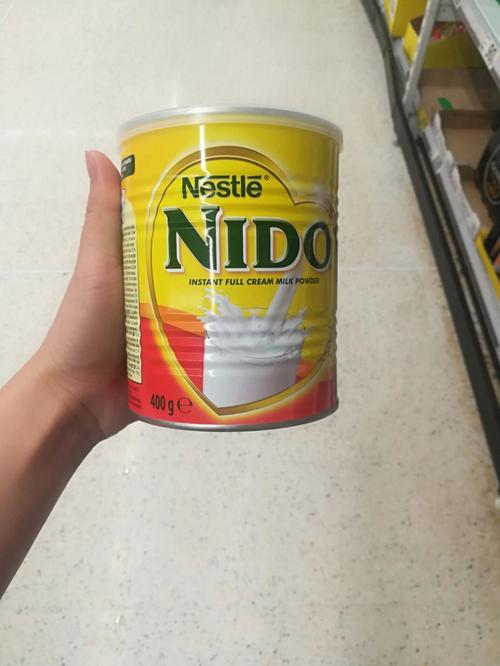How to Tone Down Spice in Food
Spices can add a delightful kick to your meals, but sometimes the heat can be overwhelming. Whether you’re catering to guests with varying spice tolerances or simply prefer a milder flavor, there are several effective methods to tone down the spice in your food. Let’s explore these techniques in detail.
1. Use Less Spice

The most straightforward way to reduce the spiciness of a dish is to use less spice. This can be achieved by adjusting the quantity of spices you add during cooking. For example, if a recipe calls for 1 teaspoon of chili powder, you can use 1/2 teaspoon instead. Gradually decrease the amount of spice until you reach a level of heat that suits your taste.
2. Add Sweetness

Sweetness can help balance out the heat in spicy dishes. Adding ingredients like honey, maple syrup, or fruit purees can help mellow out the spiciness. For instance, drizzle a little honey over a dish of chili or add a spoonful of apple sauce to a curry. This method is particularly effective when the dish has a savory component that can complement the sweetness.
3. Incorporate Cream or Milk

Adding cream or milk to a spicy dish can help dilute the heat. This method is especially useful for soups, stews, and sauces. Simply add a splash of milk or cream to the dish and stir well. The fat content in the dairy product can also help to coat your tongue, reducing the sensation of heat. For a vegan alternative, try using coconut milk or almond milk.
4. Use Acidic Ingredients
Acidic ingredients like lemon juice, vinegar, or yogurt can help neutralize the heat in a dish. Adding a squeeze of lemon or a splash of vinegar to a spicy dish can refresh your taste buds and reduce the sensation of heat. Yogurt can also be used as a dip or a topping to counteract the spiciness.
5. Add Fat
Fat can help to coat your tongue and reduce the sensation of heat. Adding ingredients like butter, oil, or nuts can help to mellow out the spiciness in a dish. For example, saut茅ing your vegetables in butter or adding a handful of nuts to a curry can help to reduce the heat.
6. Use Herbs and Vegetables
Herbs and vegetables can add flavor and balance to a spicy dish without adding heat. Consider adding ingredients like cilantro, mint, basil, or green onions to your dish. These ingredients can help to mask the spiciness and add a fresh, aromatic taste. Vegetables like bell peppers, zucchini, and tomatoes can also help to dilute the heat.
7. Adjust the Cooking Method
Some cooking methods can help to reduce the heat in a dish. For example, roasting or grilling can help to mellow out the flavors of spices. Additionally, cooking with a lid can trap the heat and steam, which can help to reduce the spiciness. Experiment with different cooking methods to find what works best for your dish.
8. Use a Spice Blend
Using a spice blend instead of a single spice can help to balance out the flavors and reduce the heat. Many spice blends, such as garam masala or Chinese five-spice powder, contain a mix of spices that can help to mellow out the heat. Adjust the quantity of the spice blend to suit your taste.
9. Adjust the Salt Content
Increasing the salt content in a dish can help to reduce the perception of heat. Salt can enhance the flavor of other ingredients and help to mask the spiciness. Add a pinch of salt to your dish and taste it to see if it helps to reduce the heat. Be cautious with this method, as too much salt can overpower the other flavors in your dish.
10. Use a Spice Substitution
There are several spices that can be used as substitutes for spicier varieties. For example, if a recipe calls for cayenne pepper, you can use paprika or chili powder instead. Adjust the quantity of the substitute to suit your taste, as some spices may be milder than others.
In conclusion, there are many ways to tone down the spice in your food. Experiment with these techniques to find what works best for you and your guests. With a little practice, you’ll be able to enjoy a wide variety of spicy dishes without the overpowering heat.





